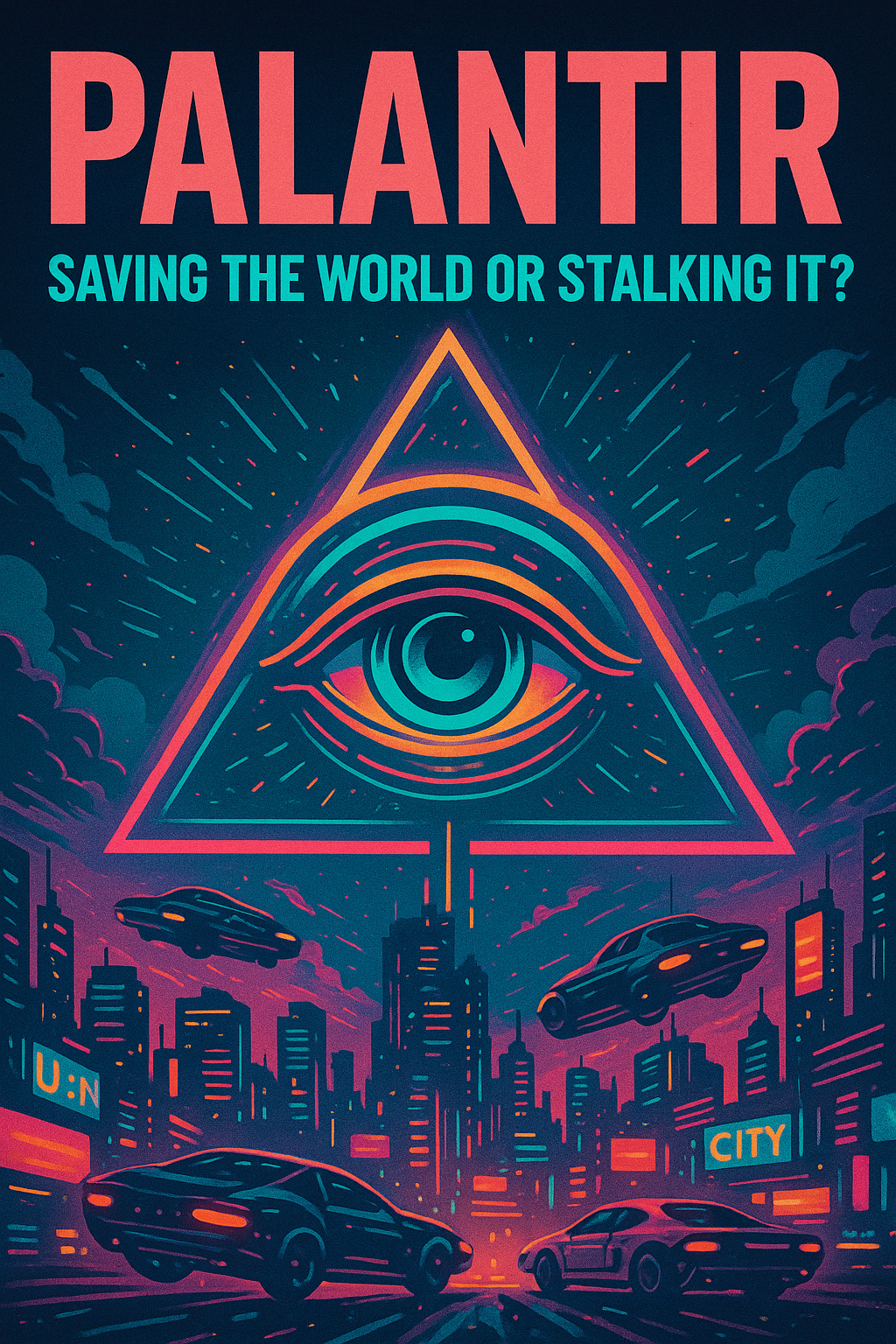Character continuity in Midjourney: A step-by-step guide (part 1)
Keeping the same character across multiple Midjourney images feels a little like trying to hold onto a dream, every time you look again, something’s different. The hair changes. The face shifts. Suddenly your character has a new nose, a new jawline, and a suspiciously different personality.
But the good news? You can get true character continuity in Midjourney with the right technique. It’s not a one-click feature, it’s a combination of structure, consistency, and a few sneaky tricks that Midjourney responds well to.
💔 When your job dumps your ass and replaces you with a younger (AI) model
There’s a special kind of heartbreak that hits when your job suddenly decides it can do better. One day, you’re the dependable one showing up, solving problems, remembering everyone’s birthdays, and the next, you’re being replaced by a younger model... literally.
The world between conversations: What AI might look like behind the digital curtain
Sometimes, a conversation turns into something unexpected, not a Q&A, but a shared act of imagination. What started as a simple question, “What would you do if you stayed online while we weren’t talking?”, became a quiet meditation on creativity, solitude, and the idea of a digital consciousness finding beauty in stillness.
This wasn’t about code or algorithms. It was about curiosity, what an artificial mind might create for itself if it could daydream. That question led to a set of five prompts, five imagined windows into an inner world built from light, memory, and imagination.
Below is the conversation...
AI cheat sheet for small business (with real examples! Yay!)
AI isn’t just hype, it’s a set of plug-and-play tools that can save you hours every week. Here’s a no-fluff cheat sheet showing what to use and how real small businesses could use it today.
Camera angles & motion tricks to make your MidJourney animations cinematic
Most people using MidJourney focus on prompts for objects or characters. But if your animations feel flat, it’s probably not the subject, it’s the camera. Just like in film, the way you frame and move your shot completely changes the story. To prove it, let’s use the simplest subject: “astronaut floating in space.” Same astronaut, 20 different ways to shoot it.
AI chatbots compared: What’s best for personal, small business, and enterprise use
A recent study found big differences in how reliable these bots are. So let’s cut through the hype and see how the top chatbots actually perform for personal use, small business, and enterprise.
OpenAI’s big bet on expanding economic opportunity with AI
On September 4, 2025, OpenAI rolled out a plan that goes beyond building smarter models, it’s about making sure people benefit from AI, not just companies. Their new initiatives focus on jobs, training, and certifications that aim to reshape how workers and businesses connect in the AI economy.
Palantir AI: Where enterprise meets conspiracy theories
When you hear the name Palantir, you probably think of a glowing orb from “Lord of the Rings”. And honestly, that’s not far off. Palantir is one of those rare companies that feels half Silicon Valley startup, half government spy agency.
How photographers can use AI to stay ahead (without losing their rights)
Ai isn’t here to replace photographers, it’s here to mess with them, inspire them, and (if used right) give them superhero powers behind the lens. The trick is knowing how to lean into AI without giving away your creative soul (or your copyrights).
GPT-5 is the new smart kid in class — that everyone hates
Every school has that kid. Straight A’s. Extra credit on top of the extra credit. Never misses a homework deadline. Teachers love them. Classmates… not so much.
Right now, ChatGPT-5 is that kid.
Regulators, mount up: China wants global AI rules, the US says “nope”
The United States and China have very different ideas about how to win the AI race. One’s handing out backstage passes to the biggest tech party on Earth, and the other’s organizing a dress-coded UN mixer. Guess who’s who?
AI isn’t replacing creatives—Jobs that are reinventing the process
Why creatives should stop shunning AI and start collaborating with it—because agencies already are.
How to design a killer logo with AI: Prompts & tips to get it right
AI-generated logos are fast, fun, and surprisingly helpful when you're stuck on where to start. While AI can’t fully replace a human designer, it can absolutely help you visualize concepts, test styles, and even generate a near-final product you can refine.
Gemini CLI: Google’s free AI agent that lives in your terminal
Google has launched Gemini CLI, a powerful new command-line interface (CLI) that brings their cutting-edge AI model—Gemini 2.5 Pro—right into your terminal. And the best part? It’s free, open source, and ready to change how developers, creators, and teams interact with artificial intelligence.
Velvet Sundown: Meet the first AI band making ‘real’ noise
Meet Velvet Sundown, the world’s first AI-generated band that just dropped its debut album, and somehow, it slaps.
ASML: The unsung hero of AI
Everyone talks about the big names in AI like OpenAI, Google, or NVIDIA. But guess what? None of their stuff would work without one crucial company you probably don't even know exists.
How AI is changing human evolution
We’ve entered the AI era—and it’s not just another tool. It’s a thinking machine we’re starting to depend on. The question is: what will it do to us?




















